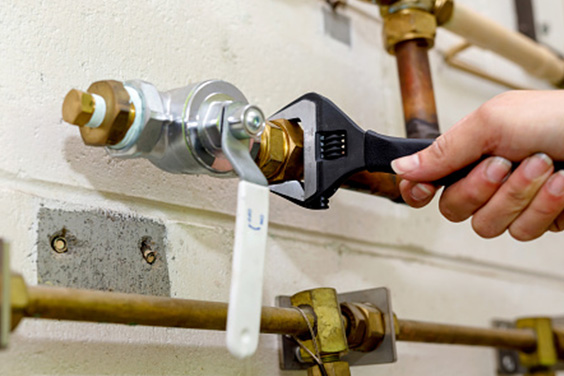
There are many types of valves used in industrial and commercial applications. Ball valves are quarter-turn valves that use a ball-shaped disk to control the flow of liquid or gas. The ball has a hole in the center that aligns with the flow of the liquid or gas when the valve is open and blocks the flow when the valve is closed.
Ball valves are designed for on/off applications and can be used in a manual or automated system. They are considered to be very versatile and reliable valves. Industrial ball valves are often used in applications with high pressures and temperatures, including oil and gas, food and beverage, pharmaceutical, and power generation. To ensure that ball valves are working properly, it is essential to ensure that they are installed correctly.
Installing a ball valve is not difficult, but one should know a few things from the ball valve manufacturer before getting started. This guide will walk through the entire ball valve installation process, from start to finish, so that the ball valve is installed with confidence. Follow our step-by-step guide to learn everything there is to know about installing a ball valve and becoming an expert in no time at all.
Pre-Installation Checklist
Here we will discuss the pre-ball valve installation instructions that help to make the installation process even smoother.
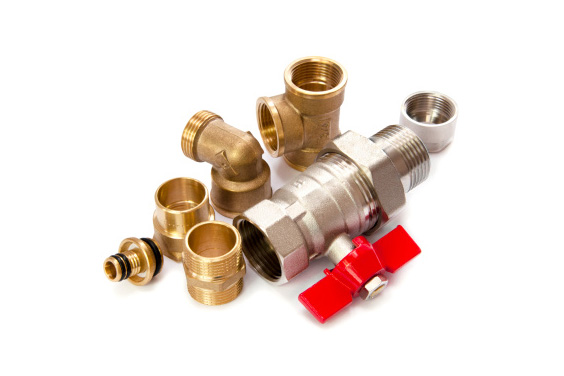
Review that the valve fits its intended purpose before unpacking it. The valve should comply with the system design, pressure, and temperature requirements. It should be appropriate for the liquids it will be carrying. Make sure the flow directions are apparent and the lines are uncluttered. The site of the valve should also be determined during system design to ensure that it is easy to operate, maintain, and repair. To control stress on the valves and the pipework, the valves should be adequately supported.
It is recommended not to remove the valves from their packaging until they are ready to be installed. This will protect the seals and the seat. This protects the valve from dirt and debris that could eventually lead to seat leakage. If the valve is stored for longer, keep it in a cool and ventilated place. Cast steel valves (Black finish) may need additional oiling to prevent corrosion.
Equipment and Tools Needed for installation.
- Copper Pipe
- Ball Valve
- Adjustable Spanner
- Pipe Cutting Tool
- Internal & External Pipe Deburring Tool
Installation Steps Of Ball Valve
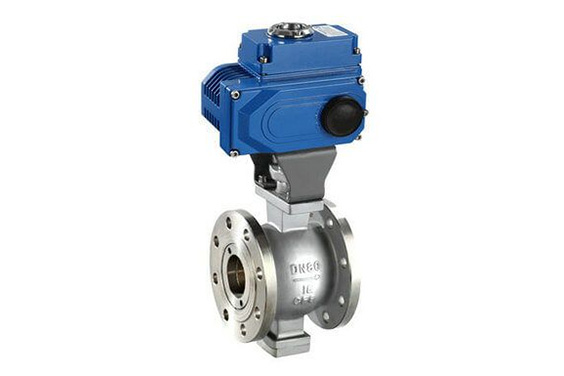
- Ball valves can also be lodged in any direction. In order to reduce the load induced by the actuator pulling away, it is possible to install the drive shaft vertically in larger sizes. Vertical installation is a requirement for electric actuators.
- Before installation, review the ball valve assembly material of the body, seat, and ball. Verify that the valve body, seat, and ball are free from any damage caused by transportation or storage.
- Confirm that the pressure rating of the valve is equal to the application condition.
- Confirm that the temperature rating of the valve matches the application conditions.
- Confirm that the valve thread (BSP or NPT, socket welding ANSI), flange(ANSI 150, ANSI 300, etc.), and solvent weld (BLP Schedule 40) are in line with the application needs.
- Before installing the ball valve, complete all welding tasks. Also, ensure that the flange is at the ambient temperature.
- Before installing the pipe, ensure it is free of welding remnants, rust, or other trash. If necessary, wash the pipe with mild detergent or water.
- Check that the ball valve is not in conflict with the flange.
- To reduce the load on the piping, support the valve wherever necessary (significant for larger valves and actuator assemblies).
- It will be required in metal pipework for two and 3 way ball valves (BVS/BVF8, BVF8, BLS3) to allow the valve to be removed for maintenance. A pipe union can also be installed. For maintenance, three and 2-piece threaded, flanged ball valves can be removed without affecting the pipework. Before proceeding, understanding how does a 3 way ball valve work will greatly aid in installation and maintenance.
- To seal the valve and flanges, tighten each bolt one by one.
- After the installation is completed, it is recommended to operate the valve multiple times to ensure it is not invaded and rotates through its entire 90-degree operation.
To Check Valve And Tube
Ball valves can also be installed in any orientation or angle, providing enough space to allow for 90-degree operation. The best valves perform when installed upright.
For Ball Valves With Threaded Connections
Make sure the fitting is the right size for the pipe. Use a compound to attach the threaded line to a vice. Attach the valve to the pipe using spanner flats. To release stress, connect supports the valves on both ends.
For Ball Valves With Compression Ends
Ensure that the fitting fits the pipe correctly and that the pipe has been cut with straight ends. Slide the pipe onto the fitting by unscrewing the olive and nut. Place the pipe in the fitting until it reaches the pipe stop. Then, slide the olive and nut back on the fitting and compress the appropriate manually until the pipe stops rotating. Place spanner flats next to the pipe joint.
Field Testing
- Ball valves can hold only rated pressures. The valve can be damaged if the pressure is exceeded in the sealed position.
- The channel can experiment with the ball in its open position up to the hydrostatic valve stress.
- Ball valve seat design matters. Foreign material can cause seat leakage. Turn the valve between 10 and 15 degrees to flush the seat with high-velocity fluid. Close the valve and repeat if required.
- Leakage of the seat can be caused by a rotational shift between the ball and the body. As needed, modify the closing stop of the actuator/gearbox.
Operation
- Operate the valve only at pressures below its working pressure.
- Inspect the actuator procedure if the valve is stuck in an open or closed position. To locate faults, terminate the actuator from the valve and operate it manually. If necessary, remove and inspect valves for unfamiliar objects.
- The inner valve parts can be damaged by excessive torque generated from the actuator.
Maintenance
- If the valve is not being used often, cycle it at least one time a month.
- Before maintaining the valve, reduce the pressure of the system.
- If you want to clear the pipework, reverse the process of installation.
- Remove the end plates and replace the seats and seals of the valve. Keep the ball in its closed position. Carefully push the end seats out and the ball. To avoid any damage to the glossy surface of the ball, use a soft cloth to clean it. Move the drive stem upwards from the cavity to disclose the stem seals. Install the stem seals, ball, seats, and end plates. Only use approved lubricants on the seals. As per the installation procedure, test and re-fit.
- Please refer to product instructions on how to operate.
The Benefits Of Having A Fully Installed Ball Valve
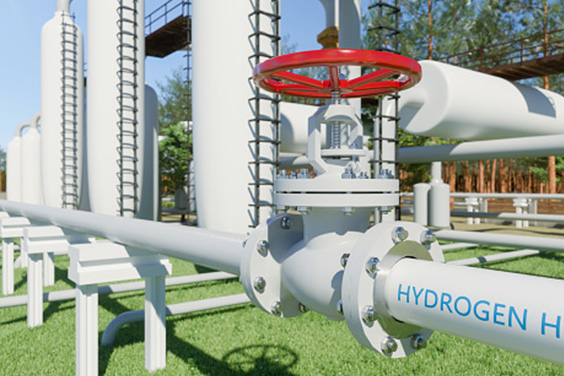
A fully installed ball valve can be a great safety feature for residential and commercial environments. For gas or water lines, it’s essential to have a fully functioning ball valve on each pipe. This will ensure no potential leak, even if something happens to the main valve. It also makes it easier to control the pressure in the pipes, which can help save money on energy bills. A fully installed ball valve also allows control of the temperature in industrial and residential areas, which can be especially important in a room with cold winters.
It also allows quick control of fluid flow, preventing scalding or flooding. Ball valves are also crucial in emergencies, as they can quickly close off an area to limit the spread of fire or flood damage. Additionally, ball valves can shut off waste lines, ensuring no waste is flowing. While there are many benefits to having a fully installed ball valve, it’s also essential to remember that it can cost more upfront than a standard threaded-valve system.
Why Expert Installation is Crucial?
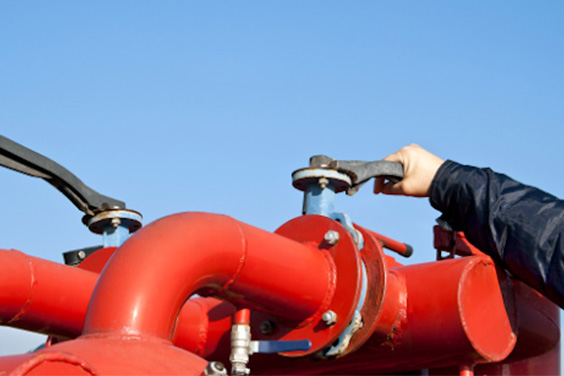
When it comes to installing a ball valve, there are many factors to consider. One of the most important is ensuring that an expert does the installation. While it may be tempting to install the valve DIY, this can often lead to problems. Expert industrial valve manufacturers can help ensure that the valve is installed correctly and will function properly.
There are many reasons why expert installation is so necessary. First, experts have the knowledge and experience required to install the valve properly. They know how to properly connect the valve to the piping and troubleshoot any problems that may arise. Additionally, experts can also provide valuable advice on how to maintain and operate the valve. This can help prolong the valve’s life and ensure that it continues to operate correctly for many years.
If considering installing a ball valve, be sure to find a reliable and reputable company to do the job with proper instructions. Ask for references from past clients to see how satisfied they are with the work. Also, be sure to request any quotes in writing just so there will be no surprises later.
Bottomline
This guide provides ball valve installation directions, explanations, and tips on the different steps involved in installing ball valves. This guide is intended for those installing ball valves for the first time. It is important to note that all the steps involved in the installation process must be followed correctly to ensure a successful installation. Also, contact us for more information on the installation process or purchasing ball valve.









